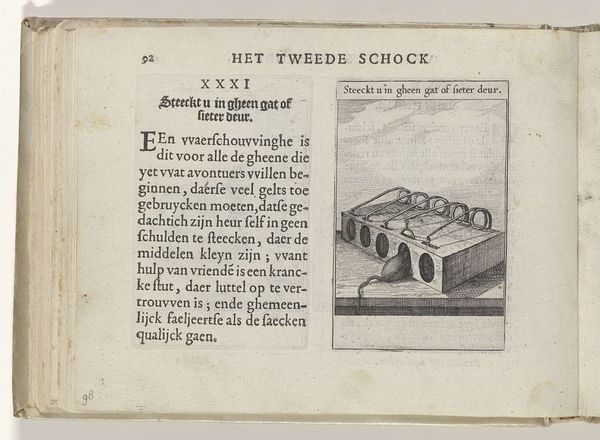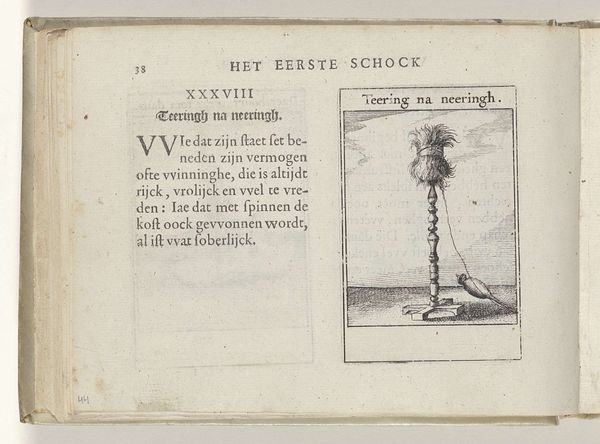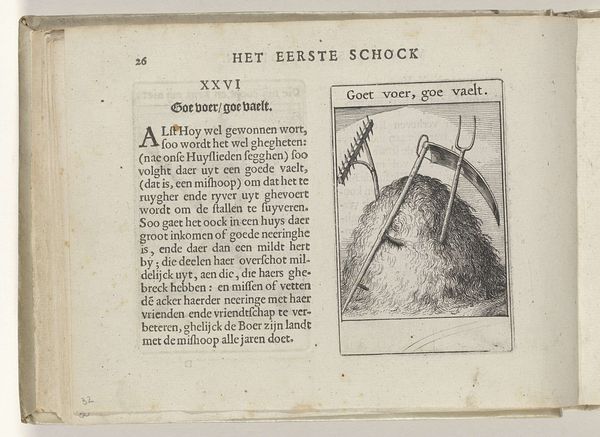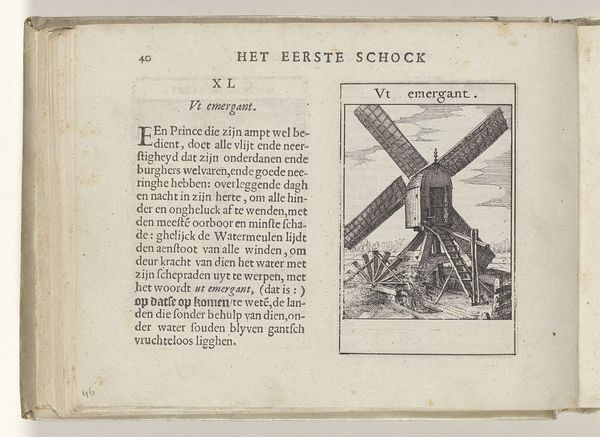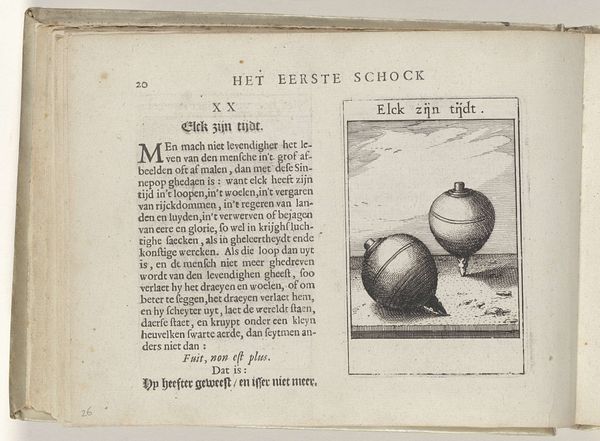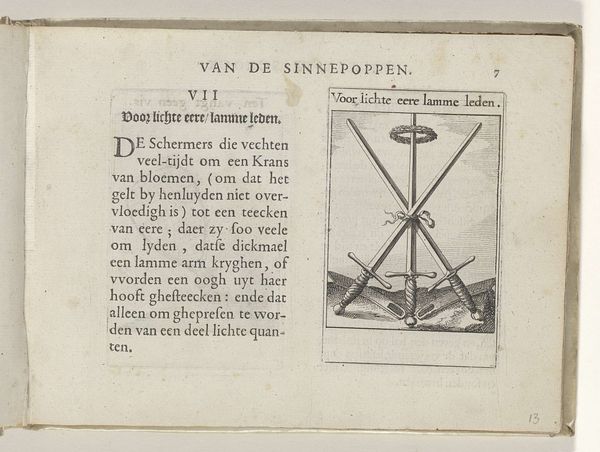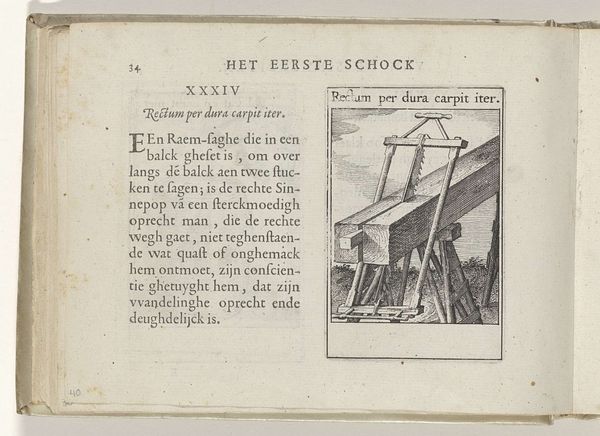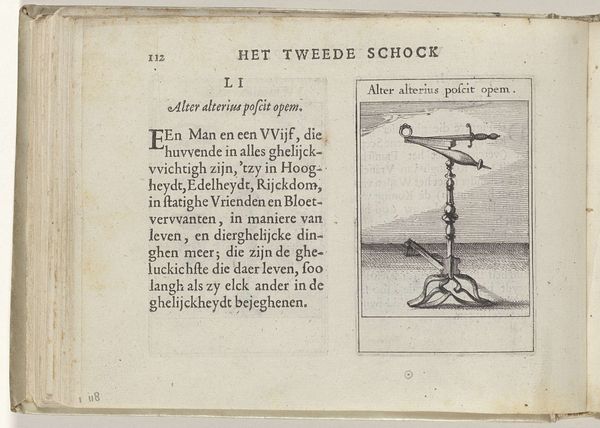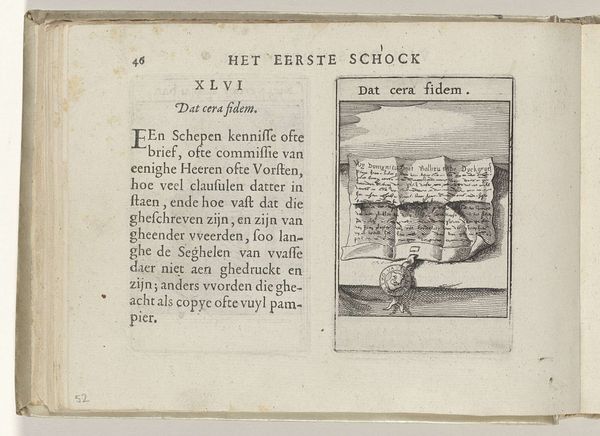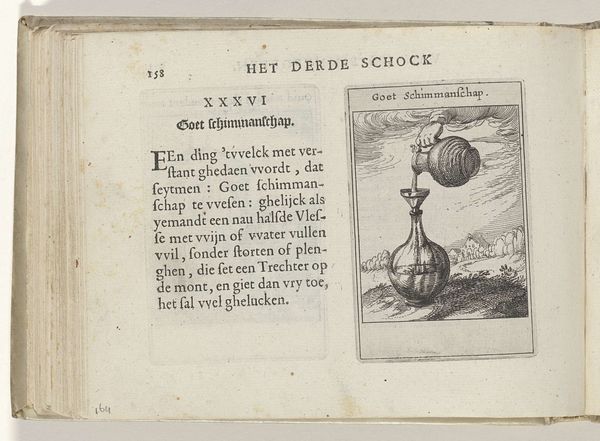
#
aged paper
#
toned paper
#
ink paper printed
#
sketch book
#
personal sketchbook
#
ink colored
#
sketchbook drawing
#
watercolour illustration
#
sketchbook art
#
watercolor
Dimensions: height 137 mm, width 188 mm, height 95 mm, width 60 mm
Copyright: Rijks Museum: Open Domain
Curator: We're looking at "LIV Meerder lijdt gheen pijn," an ink and watercolor drawing on toned paper by Roemer Visscher, dating back to 1614. It’s part of a sketchbook here at the Rijksmuseum. Editor: It’s deceptively simple, isn’t it? At first glance, the imagery, with its two candles, evokes a somber mood, perhaps a contemplation on vulnerability and resilience. The winged head in the sky really elevates the almost surreal imagery. Curator: Indeed. Visscher was known for his emblem books, which combined images and mottoes to convey moral lessons. This drawing would have likely been part of such a collection, meant for private contemplation and display, in the educated, merchant circles. Editor: The title, "The Greater Feels No Pain," adds another layer. It suggests a critique of power dynamics, a commentary on how those in positions of authority are often insulated from the suffering they inflict. We often focus on leaders rather than the human cost, which seems relevant here. Curator: Absolutely. The smaller candle, easily extinguished, represents the vulnerable, while the larger, shielded one symbolizes those in power, impervious to harm. The artwork acts as a microcosm of society, a way of viewing social relations in the artist's present. Editor: I’m wondering what contemporaries might have made of it? It also forces us to question the source and direction of the breeze seemingly extinguishing the smaller candle; that is to say, are those in positions of leadership responsible for protecting, not harming, those deemed vulnerable? Curator: Good question. These books were a form of civic and moral education. This wasn't protest art as we would understand it now. There was much self-censorship. Rather, it gave a well-off elite a set of lenses and references to understand the changing landscape and their position in it. Editor: So, rather than viewing these allegorical illustrations as mere decorative displays, understanding their place and impact requires reading them as cultural products with defined socio-political meaning and influence. Curator: Exactly. It invites us to see beyond the literal depiction, connecting to enduring themes of inequality. Editor: Thinking about the artist’s own social status during the Dutch Golden Age really shifts my perspective. Thanks for sharing that context.
Comments
No comments
Be the first to comment and join the conversation on the ultimate creative platform.
